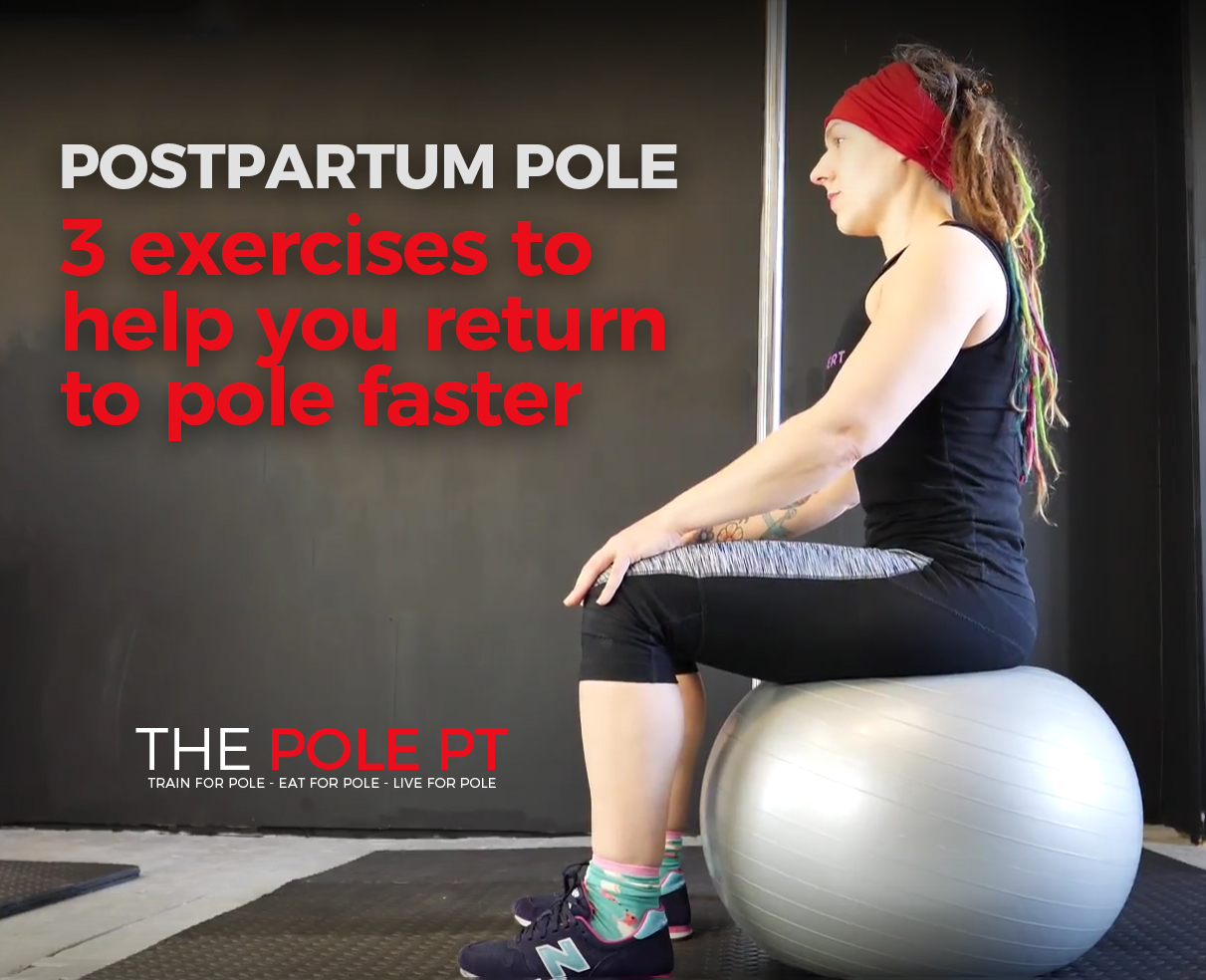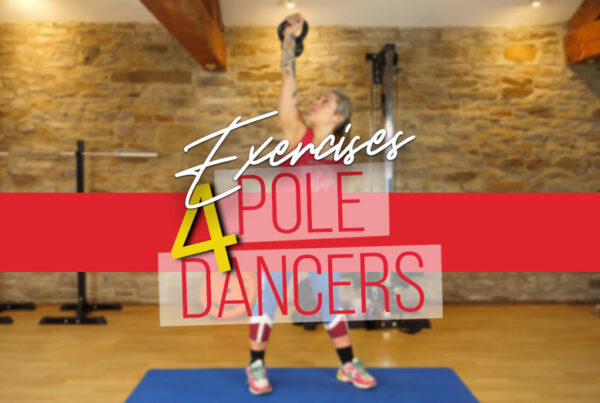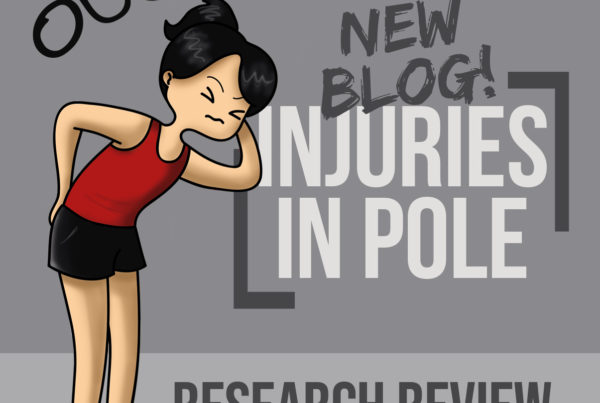If you’re reading this, I’m guessing you recently had a baby. I’m also gonna hazard a guess that in the hazy space between nappy changes, night feeds and milky snuggles, thoughts of pole are beginning to creep back in.
Amongst all the other emotions flying around (as if a tiny new human to look after 24/7 and a sparse-on-zzzz’s sleeping pattern to adjust to isn’t enough to contend with), it’s perfectly normal to also wonder whether you might have lost your pole powers somewhere around 2am in the labour ward around that 7cm dilation mark.
Will you still be able to do a reverse grab spin or an invert with perfect control? When you return to pole, will you be back at square one, struggling with a basic climb?
The temptation to jump back into training is real, especially if you have a pole at home, giving you the sexy eye every time you walk past the spare room. But there is a reason your doctor won’t usually sign you off to return to formal exercise until around 6-weeks postpartum.
Remember that your body has been through a lot. It’s important to build back to your pre-pregnancy training regime with a focus on the areas that are likely to have been particularly impacted over the last 9 months: core, pelvic floor and postural changes. Following and trusting in the gradual process that will allow your body to heal properly and create a solid foundation for all those spreadies and shoulder mounts again requires patience, but is crucial.
Restoring your core for pole
That process begins with:
• Rehabilitation of pelvic floor muscles;
• Strengthening and re-educating the deep core musculature;
• Returning the abdominal muscles to an optimal length; and
• Realigning posture.
There are some general exercises you can do in the first 6 weeks postpartum that do exactly those things and can help speed up your recovery so you can make your return to pole safely when you’re ready!
For example, the exercises below can be done for 10 repetitions, 3 times a day, as soon as you are comfortably able to do so. Remember – form, control and focus is key with these exercises, not speed!
**Please always consult your doctor before returning to exercise, particularly if you had a C-section or any complications in pregnancy or delivery. This post is for general information and example only!**
Exercise 1: Wall angels
During pregnancy, our body releases hormones which soften our ligaments and connective tissues to help our body cope with the demands of pregnancy and child birth. Couple this with a typical pregnancy weight gain of between 9-18kg, the increased abdominal mass caused by baby bump and those newly acquired mega-boobs which create a shift in your centre of gravity—it’s no wonder that the stability of your body’s joints and posture can be impacted by pregnancy.
Usually, what happens in response to all these changes is that the pelvis tilts forwards, creating a more prominent ‘arch’ at the bottom of the lower back, which affects things further up the chain, usually resulting in a rounding of the upper back and shoulders, too.
Obviously, the ability to control shoulder alignment and engagement is key for pole. This is why I’ve included wall angels in my examples—this simple exercise can help to realign posture and help you focus on and restore shoulder function if it has been impacted.
Exercise 2: Breathing exercises with pelvic floor contraction
Simple breathing exercises like the examples below will help you to restore the vital connection with your diaphragm, abs, pelvic floor and core, ensuring you are able to create and release tension in your core and strengthen the pelvic floor muscles. I usually work through breathing drills like this in 3 parts, building up to the addition of the pelvic floor contraction below. Here’s Part 1 and Part 2 for reference.
Exercise 3: Hip tilts
Here’s another great exercise for re-educating and rebuilding core function postpartum which can also help to restore range of motion, awareness and postural stability to your pelvis and lower back.
**Please always consult your doctor before returning to exercise, particularly if you had a C-section or any complications in pregnancy or delivery. This post is for general information and example only!**








